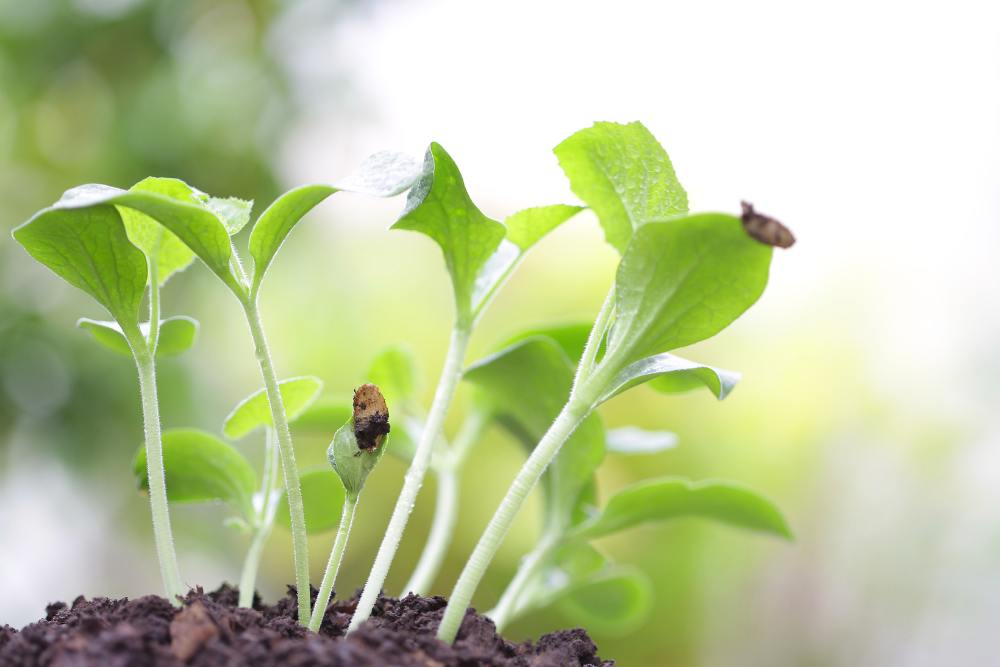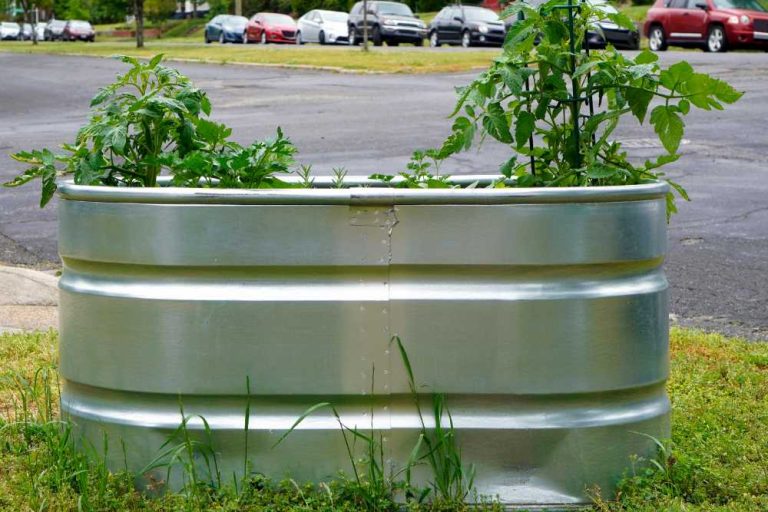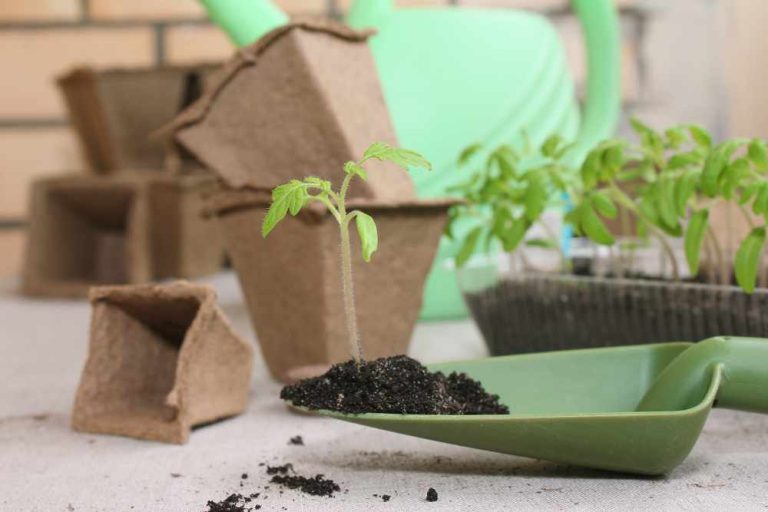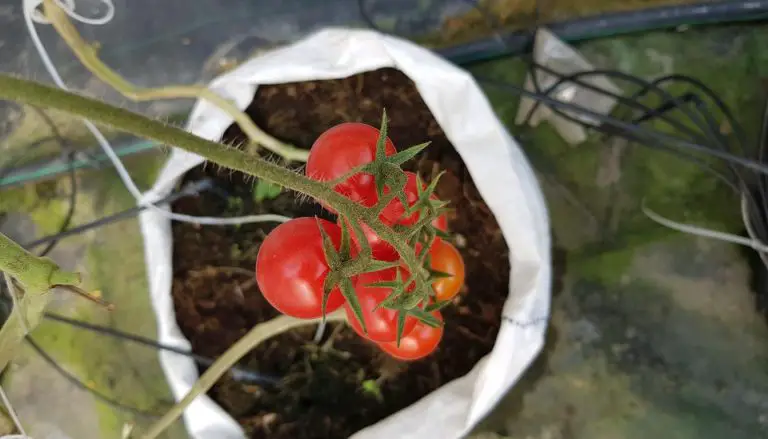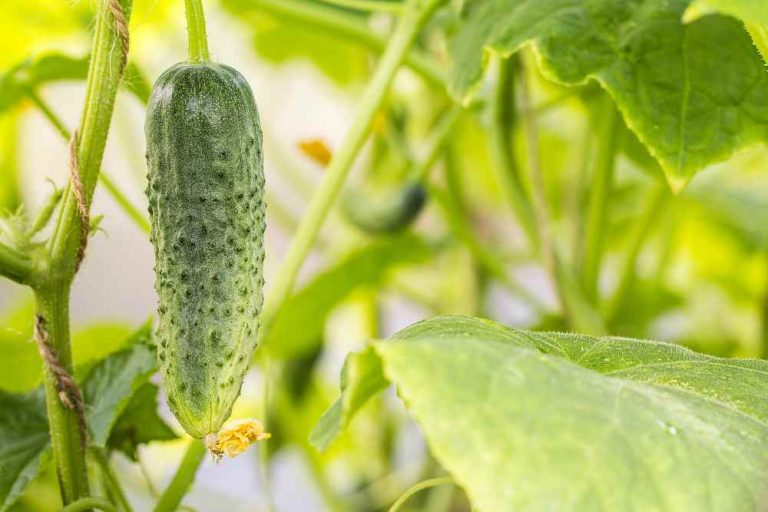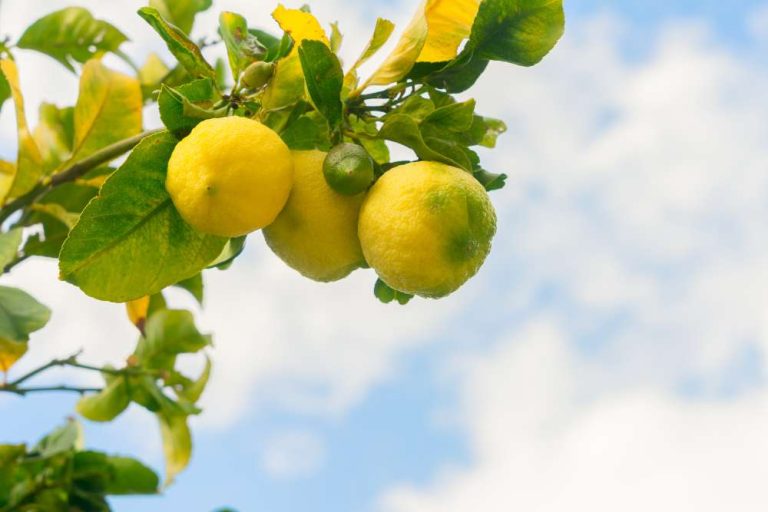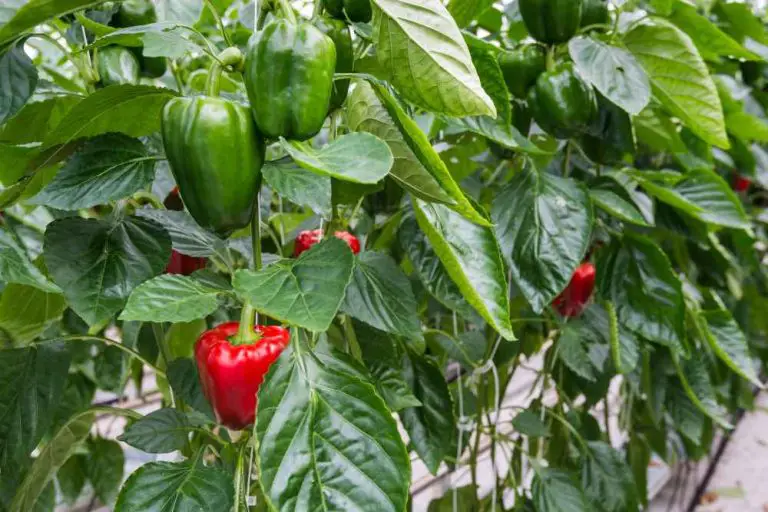How To Grow Pumpkins In Ohio: A Comprehensive Guide
Pumpkin is one of the staples of autumn, with apples and the color of the leaves changing. When do you pick pumpkins in your garden? Learn about choosing pumpkin varieties and how to grow pumpkins in Ohio.
Did you know that pumpkins have been grown in North America for almost 5,000 years? It’s really fun to raise this Native American. However, note that pumpkins require a long season (typically 75 to 100 days without frost). So you need to plant them by the end of May in northern locations. To early July in the south.
Pumpkin is a staple of autumn food and when it comes to variety, there is no end to the options. You can choose from white or orange, mini or large and there are a variety of sculptures or those that are perfect for making pies. While you can certainly take the easy route and pick up some local pumpkin pasta, it can be fun to grow them on your own.
Pumpkins come in hundreds of varieties varying in size, color, taste, and shape, so no single variety can claim the title of “best”. From giant balloons to small gourds, there are many varieties for you.
When to Plant Pumpkins in Ohio?
Timing is crucial when it comes to planting pumpkins in Ohio. These plants are sensitive to frost, and the growing season is relatively short. It’s best to start planting after the last frost date, typically between mid-May and late May in most parts of Ohio. Keep an eye on weather forecasts and local gardening advisories to ensure you don’t plant too early and risk losing your young plants to frost.
The following are different types of pumpkins you can find in the market.
Red-orange pumpkins are the traditional orange pumpkin variety that most people associate with when they think of vegetables. This variety comes in various sizes and shapes and is very much popular to display during fall, and for carving at Halloween.
- Cinderella – These pumpkins are very popular for displaying, with a fairytale look that reminds Cinderella’s pumpkin carriage. These pumpkins have a rounded shape with a flat top, and because of that, they can be stacked on top of each other. The Cinderella variety has deep ribbing and bright orange-red skin. They require a relatively short period from direct sowing to harvest, about 110 days after you are done with your display their moist flesh is ideal for use in pies.
- Harvest Moon – This is a compact plant that produces early-maturing pumpkins. Their bright orange color and smaller, make them excellent for Halloween lanterns.
Mini Pumpkins are Miniature pumpkins that have a cute look that suits sweet fall decorative designs. Their small size makes them difficult to carve, therefore they are most commonly displayed as they are.
- Baby Boo – This is a tiny ghostly white pumpkin that grows to a maximum size of around 3 inches across and grows on a compact vine that has a maximum length of 2 feet. Therefore you can grow them in a small garden or even on a balcony. They are also popular as Halloween decorations. The color of this pumpkin doesn’t easily alter due to sun or frost.
- Orangita – This adorable pumpkin grows to a maximum weight of 1.5lbs and looks good paired with larger pumpkins in a fall display. It has smooth skin that is bright yellow-orange in color and has medium-depth ribbings.
Jumbo pumpkins are large pumpkins grown to be put on display as lanterns or as a fall decoration. They are rarely grown for consumption.
- Big Max – Big max variety can be able to grow up to 300 lbs. These pumpkins vary in color between pale salmon and bright orange. You can harvest them 100 -120 days after the day of planting.
- Atlantic Giant – If you want to win a pumpkin growing contest This is the best type of pumpkin plant to choose. These pumpkins are capable of growing up as big as to weigh over 300 lbs. They take 150 – 160 days to produce fully grown pumpkins for harvesting. To ensure good growth, high-potassium fertilizers are required.
- Big Moon – This pumpkin variety produces huge pumpkins that typically weigh around 200 lbs. In order to ensure one vegetable per vine and its biggest growth, you should prune the plant. Its harvesting time is 80-90 days.
White Pumpkins have white skins that give them a ghostly attraction. They are a good alternative to regular orange pumpkins if you’re getting bored of the norm.
- Casper – This variety is pure white pumpkins with delicious flesh. 12-15 lbs of pumpkin fruit can be harvested 90-120 Days after planting. They are good for displaying especially for Halloween.
- Crystal Star – This pumpkin will stay pure white for its whole life while other varieties will take on a blue or green hue as they age. This variety is also important to you for display purposes. This round pumpkin has moderate ribbing and carves well.
Ohio Climate
Before you start your pumpkin-growing venture, it’s essential to understand Ohio’s climate. Ohio experiences a continental climate with four distinct seasons. Summers can be hot and humid, while winters are generally cold with occasional snowfall. The state falls within USDA hardiness zones 5 and 6, which is essential information for choosing the suitable pumpkin varieties to grow.
Choose Your Pumpkin Seeds
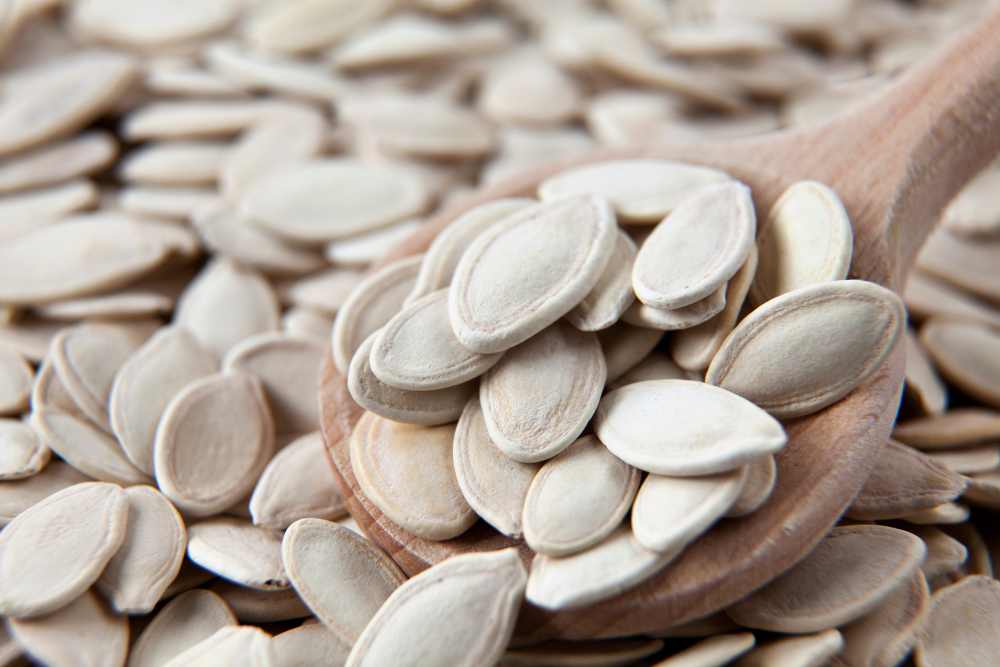
Choose a day after the last frost to sow seeds directly in the ground. Each seed pack enumerates the average length needed by the plant to produce a mature pumpkin.
Choose a sunny spot and leave the seeds according to the recommendations given in the package. Pumpkin vines can spread far and wide, although some “bush” varieties grow in thicker forms.
How To Decide The Best Location for Grow Pumpkins
It is important to increase the space in the garden. Each plant is about 1,000 square feet. This area may be large, but it is essential for the growth of grapes. Pumpkins love lasting sunlight for hours, so choose the location of your garden. Avoid shaded areas and choose areas with good drainage. Proximity to water sources is also important, as these pumpkins require a lot of water to reach their maximum size.
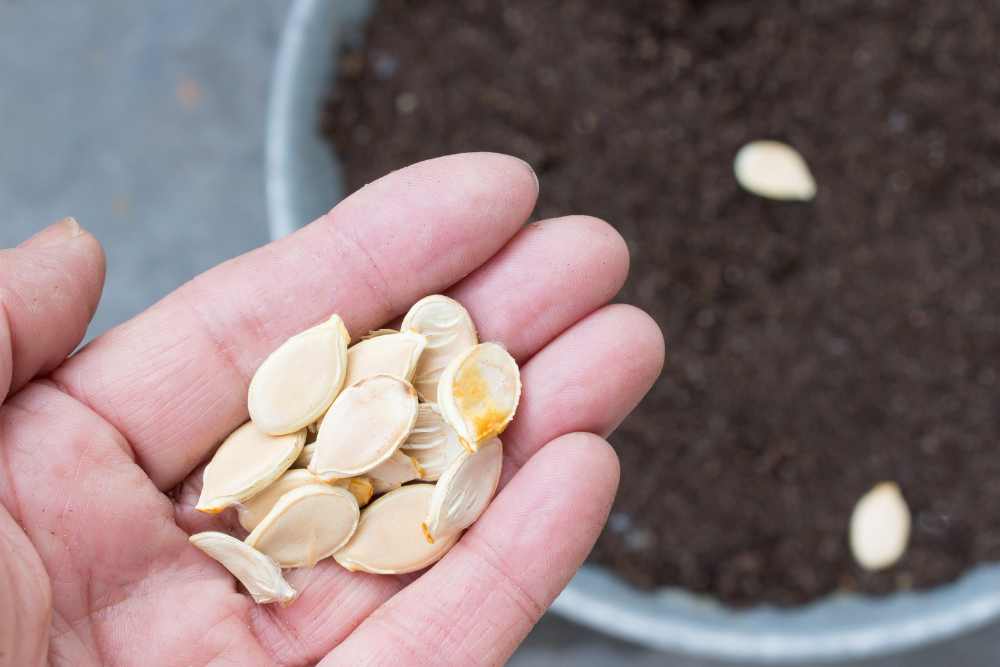
Before planting them, however, it is important to make sure you have enough space in your garden to accommodate them. Pumpkins grow on tall vines that can reach 20 meters in height or more.
Choose a place where the vines will have ample space to move around. You can guide the vines to where you want them to go while the plants are still young; but when it takes root and begins to bloom, the vine should be left to itself.
Growing And Soil Preparation
Like its cousins the cucumber, the pumpkin requires warm, fertile soil to grow. The ideal pH for growing pumpkin is 6.0 to 6.8. Make a plan to give each vineyard at least 3 feet in diameter, in warm, rich soil. Test your soil every year or two to determine how to adjust it for pumpkin growth.
Soil inspections are recommended in the fall to address pH-related issues, and if necessary adjust the soil such as lime and other macronutrients before spring planting. Always apply lime and manure according to the recommendations of the soil test. Providing adequate nutrients during the growing season will ensure healthy and strong grapes, not to mention larger pumpkins.
Growing large pumpkins requires an early start. The seeds should be sown individually and started in a 12-inch peat pot by the end of April. Well-balanced pollutants are encouraged. The plant is ready to be transplanted when the first true leaves are fully developed.
Most vegetable gardens require a deep but gentle burial once a week – about an inch of water each time. Adjust according to rainfall. Note: Pumpkin leaves can be dried in the heat of the afternoon, even if the soil is still moist.
When To Harvest Pumpkins and Storage
After several months of growing, the pumpkin will mature as its skin hardens and comes in the desired shade. Definitely harvest before heavy frosts, which will damage the fruit, Burpee advises. The best you can do is harvest pumpkins when they are fully ripe. They will keep the best in that way. Don’t take pumpkins with grapes that have already reached the size you want. If you need a little pumpkin, buy a small variety instead!
Once the pumpkins are forming, you can wrap cardboard or folded newspaper under the fruit to prevent contact with the soil and the possibility of rot, especially if you are planting a few valuable ones. At the end of the season, remove any leaves that shade the ripe pumpkin. Smaller pumpkins can be carried to bed in a pickup truck. Larger pumpkins require a trailer with a rope to move smoothly and transport your given pumpkin to weight or other locations.
Insects and Diseases
Your planting area should be used once every three years to reduce the pressure of pests and diseases. If you don’t follow a regular scouting and management program for pests and diseases, your success rate in producing giant pumpkins will be greatly reduced.
Unfortunately, pumpkins are susceptible to certain insects and diseases. Cucumber beetles are the most common problem with insects. They like to eat the leaves of pumpkin plants and the little seedlings will not survive the attack from these insects.
If you closely inspect you will see thousands of these tiny insects sucking the sap from the backside of the leaves. Aphids can do a lot of damage to female blossoms too, and decimate the emerging fruit. In a small garden to control aphids, you can use a strong spray of water. Water dislodges the aphids and somehow disrupts their organized ravaging campaign.
Another widespread cucurbit pest is the leaf-eating ladybird. Two types of larvae and adults feed on leaves, particularly tiny plants. Ladybird beetles with 26 or 28 black dots or yellowish-green grubs with branching spines, about 6mm long. Signs include skeletonized leaves or brown papery leaves. Squash both adults and larvae by removing weeds in areas where pests thrive. The approved insecticide is used against this pest, but it should only be used as a last option.
In temperate zones, caterpillars are minor pests, but in subtropical and tropical locations, they may be major pests. At ground level, seedlings are hacked off. Leaf holes and scalloped leaf margins are other indicators. Apply cut-off plastic milk containers to protect seedlings, pluck off and crush mild infestations, or use a biological pesticide.
Pollen is a disease that farmers will experience every year; the mushroom colony is similar to sugar sprinkled on both sides of the leaf. Bacterial diseases such as fungal infections and bacterial leaf infections are favored by humid climates.
Bacterial leaf spot(Xanthomonas cucurbitae)
Bacterial leaf spot can affect a variety of cucurbit crops, but it is most common on pumpkins. When pumpkins are cultivated under sprinkler irrigation and for the second year in a row in the same field, the disease is most severe.
When the disease is severe, it defoliates the vines, but the fruit spots are the most damaging since they decrease the marketability and storability of the fruit. In badly damaged fields, the disease can result in near-total losses. During hot and humid weather, leaf symptoms show as little tan spots on crown leaves.
The appearance of leaf spots varies, and they may or may not be encircled by yellow halos. Water-soaked leaf patches are common on the lower leaf surface. Spots gradually combine and kill entire leaves or huge sections of damaged leaves, with tan discoloration extending into petioles. Fruit spots are small, tan circular patches with black, water-soaked edges that are about 1/8 inch in diameter. Fruit spots become sunken, and cracked, and can grow to a diameter of more than 12 inches. Fruit rot in the field or later in storage can be caused by germs in the flesh.
Management
The easiest way to prevent bacterial leaf spots is to avoid introducing the bacteria. On infected seeds, pathogens are introduced into fields. Seeds should not be saved from infected plants. Plantings of pumpkins should be rotated to non-cucurbit crops for at least three years. Infested crop residue should be incorporated into the soil soon after harvesting is completed.
Powdery mildew is a fungus that attacks pumpkin plants and causes severe damage. Powdery mildew is a white “powdery” layer of spores that starts on the bottom leaf surface and moves up the leaf surface, finally defoliating the pumpkin plants. Spores live in the soil and crop leftovers before being disseminated by the wind. It’s one of the easiest diseases to spot, and unlike other foliar diseases, it tends to get worse during periods of drought.
Rotate with non-cucurbit crops and treat with fungicide at the first indication of powdery mildew. Powdery mildew shows as little regions of white, powdery growth on the oldest leaves. Mildew can appear on the top or lower surfaces of the leaves. Powdery growth gradually spreads to cover the majority of the leaf surface. Leaves that have been affected will ultimately wither and die. Sunburning, early ripening, and poor-quality fruit are all consequences of extensive defoliation.
Management
Resistant pumpkin varieties have been developed recently. The resistance isn’t comprehensive, but it does help to postpone and delay disease progression. Although fungicide spraying programs can be beneficial, the fungus can quickly acquire resistance to specific fungicide groups if they are employed often. Within a spray program, it’s critical to cycle products with distinct modes of action. Sulfur fungicides are excellent against powdery mildew and are allowed in organic farming.
- 20+ Chic Boho Bedroom Ideas for a Cozy and Stylish Retreat - June 20, 2024
- 12+ Modern Boho Living Room Ideas to Create a Unique Oasis - June 10, 2024
- 10 Stunning Canopy Bed Ideas for a Dreamy Escape - May 16, 2024

